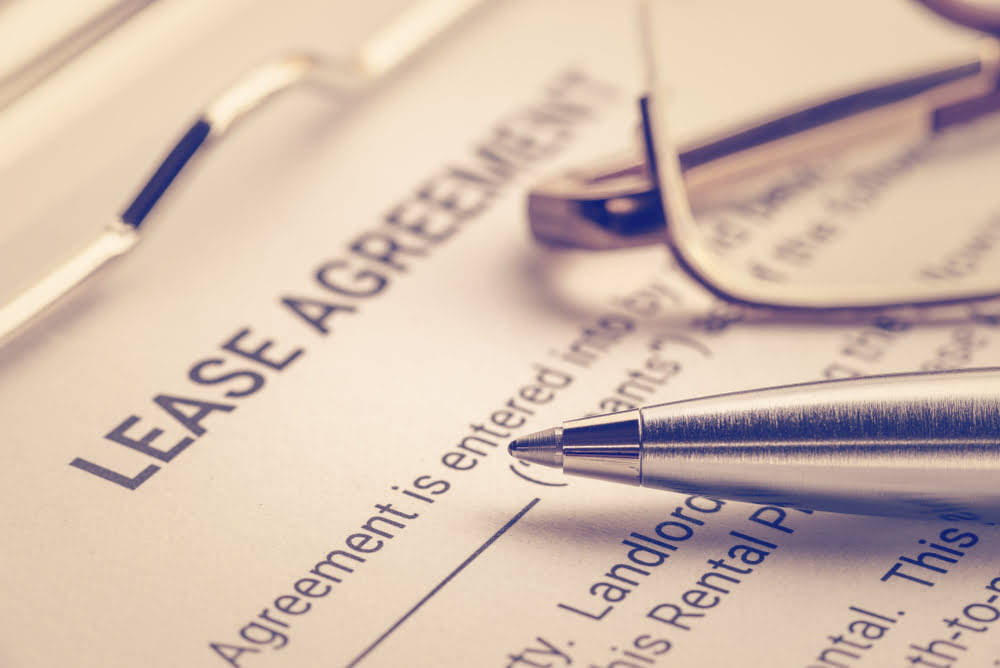
In fact, the option to account for leases as operating lease is set to be eliminated starting in 2019 for that reason. But for now, Noodles & Co, like many companies do it because it prevents them from having to show a debt-like capital lease liability on their balance sheets. The working capital ratio is a method of analyzing the financial state of a company by measuring its current assets as a proportion of its change in net working capital current liabilities, rather than as an integer. If a company borrows $50,000 and agrees to repay the loan in 90 days, the company’s working capital is unchanged. The reason is that the current asset Cash increased by $50,000 and the current liability Loans Payable increased by $50,000. Net working capital, or sometimes just “working capital”, refers to short-term assets left after deducting short-term liabilities.

If future periods for the current accounts are not available, create a section to outline the drivers and assumptions for the main assets. Use the historical data to calculate drivers and assumptions for future periods. See the information below for common drivers used in calculating specific line items. Finally, use the prepared drivers and assumptions to calculate future values for the line items. Populate the schedule with historical data, either by referencing the corresponding data in the balance sheet or by inputting hardcoded data into the net working capital schedule. If a balance sheet has been prepared with future forecasted periods already available, populate the schedule with forecast data as well by referencing the balance sheet.
Balance Sheet Assumptions
Large firms and companies frequently employ NWC in their finance departments. Mr. Arora is an experienced private equity investment professional, with experience working across multiple markets. Rohan has a focus in particular on consumer and business services transactions and operational growth. Rohan has also worked at Evercore, where he also spent time in private equity advisory. In short, measuring the change in NWC by deducting the ending period balance from the beginning period balance tends to be more intuitive in terms of understanding the impact on cash (i.e. “inflow” or “outflow”). No matter what part of the life cycle your business is in, calculating your working capital is important.
- By only looking at immediate debts and offsetting them with the most liquid of assets, a company can better understand what sort of liquidity it has in the near future.
- For example, if it takes an appliance retailer 35 days on average to sell inventory and another 28 days on average to collect the cash post-sale, the operating cycle is 63 days.
- Third, the expected sales of your business determine the level of fixed assets and the current assets of your business.
- In this perfect storm, the retailer doesn’t have the funds to replenish the inventory that’s flying off the shelves because it hasn’t collected enough cash from customers.
- You might ask, “how does a company change its net working capital over time?
- Therefore, the company would be able to pay every single current debt twice and still have money left over.
- Understanding how to calculate and interpret net working capital is fundamental for effective financial management and decision-making within a business.
This is because an increase in the Net Working Capital would mean additional funds needed to finance the increased current assets. Further, excessive investment in your current assets may diminish your business profitability. Therefore, it is important for you to determine the optimal level of working capital. This can be done by achieving a trade-off between liquidity and profitability. Net Working Capital refers to the difference between the current assets and the current liabilities of your business.
Related Reading
The final net working capital figure, in this case, $405,000, provides valuable insights into your business’s financial condition. A positive net working capital indicates that your business is in good financial shape and can invest in growth and expansion. If it’s zero, your business can meet its current obligations but may need more investment capacity. A company with more operating current assets than operating current liabilities is considered to be in a more favorable financial state from a liquidity standpoint, where near-term insolvency is unlikely to occur.

